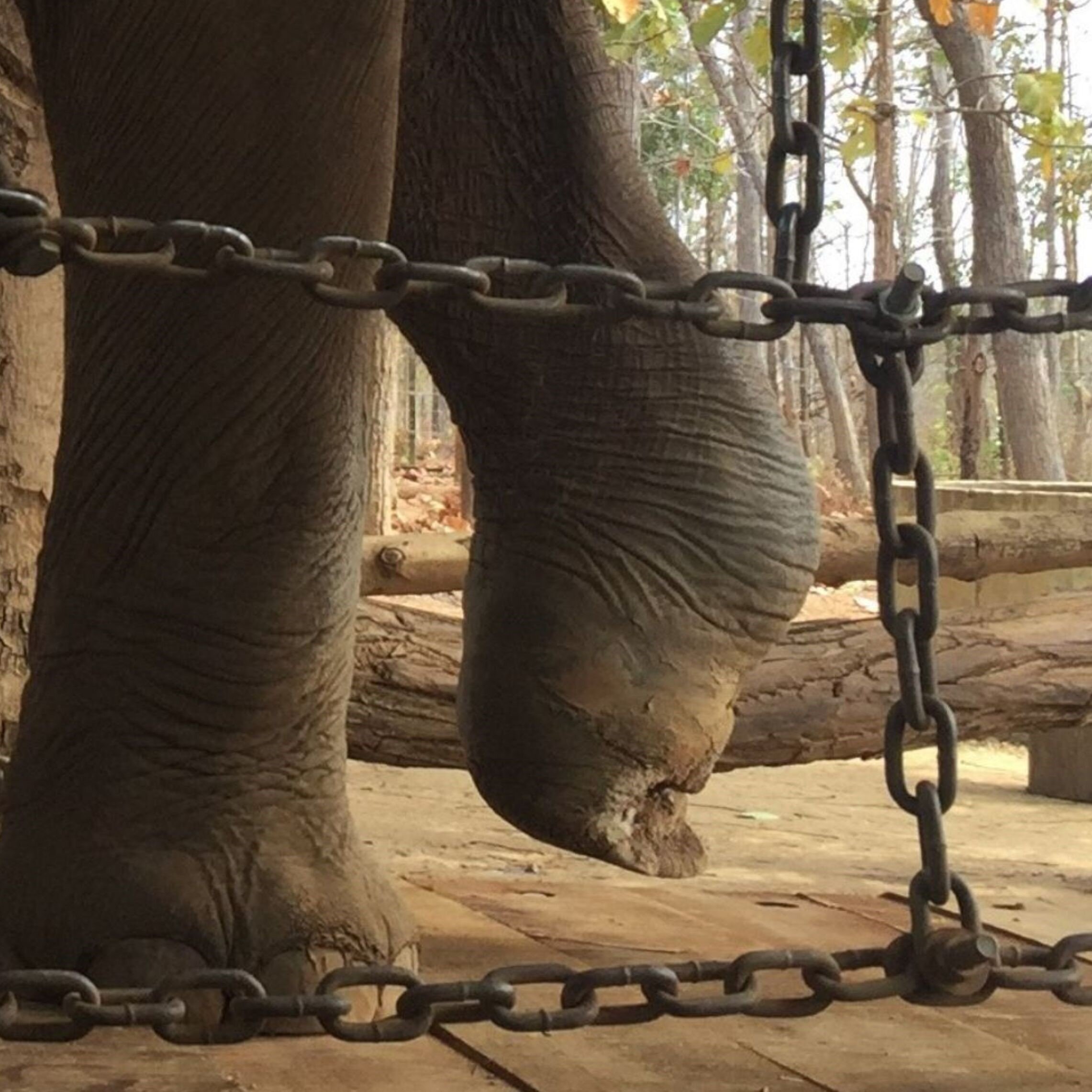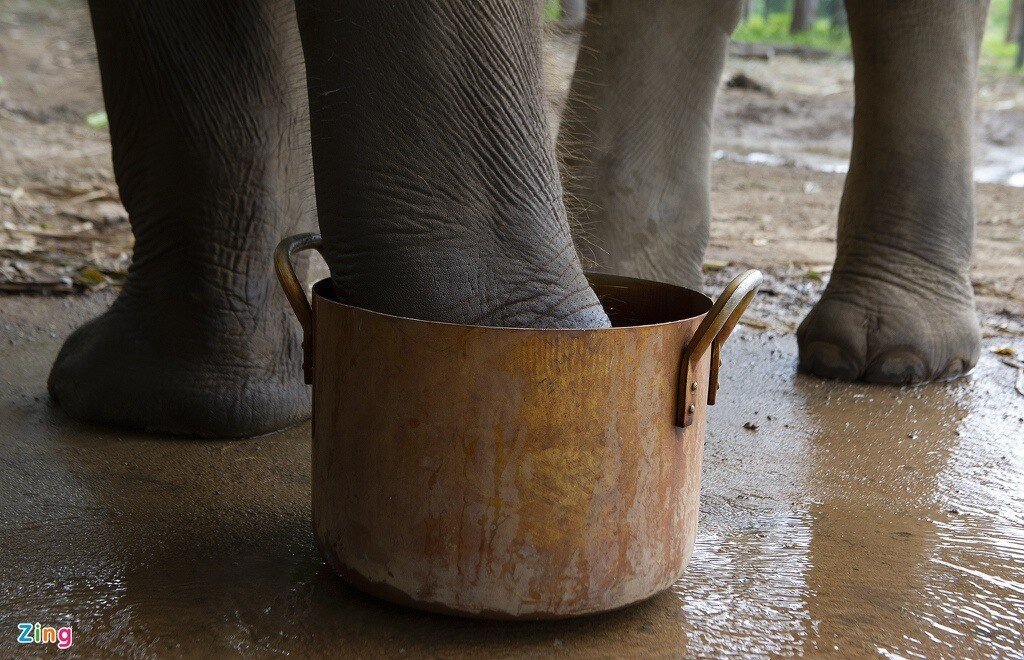Mr. Pham Van Thinh, a veterinarian from the Daklak Elephant Conservation Center in Vietnam, attended the "Asian Elephant Health, Reproduction and Breeding Management" course, which took place in Sri Lanka this summer. This training course was conducted by the Faculty of Veterinary Medicine & Animal Science of the University of Peradeniya, in collaboration with the Royal Veterinary College of the University of London, UK, the Faculty of Veterinary Medicine of Chiang Mai University, Thailand, and the National Elephant Institute in Lampang, Thailand. The partner institutes were the Department of Wildlife Conservation (DWC), Sri Lanka, Department of National Zoological Gardens (DNZG), Sri Lanka, and the Smithsonian Conservation Biology Institute, USA.
The course focused on the management, nutrition, health, reproduction and breeding of Asian elephants (Elephas maximus) with additional discussions on local and regional conservation issues. It had two components: a stand-alone distance learning (online-based) course of 6 weeks duration (12th May – 10th June 2014) that participants completed from their home countries; and a hands-on practical training course of one-week (7th – 11th July 2014) that was conducted on-site in Sri Lanka. The on-site training was conducted at the University of Peradeniya, Pinnawela Elephant Orphanage, Elephant Transit Home and Uda-Walawe National Park.
The course was attended by 22 participants from Australia, Canada, Hong Kong, Italy, Lao, Malaysia, Myanmar, Sri Lanka, United Kingdom, United States and Vietnam. Asian Elephant Support was proud to sponsor Dr Van Tinh Pham from Vietnam, who works at the Dak Lak Elephant Conservation Center (ECC) in the central highland province of Dak Lak. The ECC aims to protect both wild and domestic elephants in the Dak Lak province, where elephant population numbers are critically low.
The central highlands region is Vietnam's primary elephant habitat. The Dak Lak Elephant Conservation Centre reported that the central highlands region had around 502 captive and more than 550 wild elephants in 1980, but all that are remain now are 49 captive elephants and five herds of wild elephants numbering 60-70 individuals. Shrinking forests, illegal poaching, shortage of food, improper breeding techniques, and overworking have been the cause of deaths of both captive and wild elephants. Experts estimate that the captive elephant population will disappear in 20-30 years if they do not reproduce. According to the Dak Lak ECC, the reproduction rate of captive elephants over the past 30 years has been only 0.6 % per year, and the rate has dropped even further now because of limited opportunity to breed. To boost the captive population there is now an emphasis on reproduction, which was a primary focus in the training course attended by Dr Van Tinh Pham.







